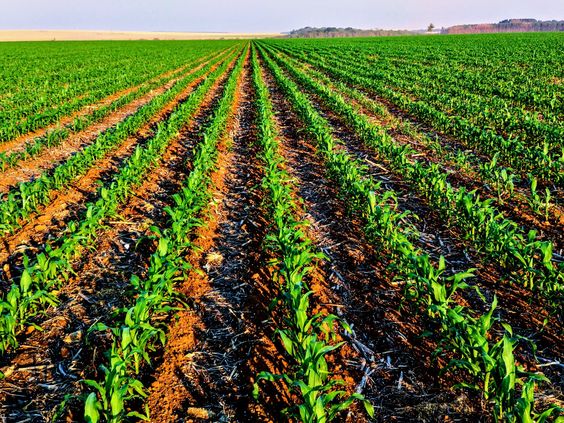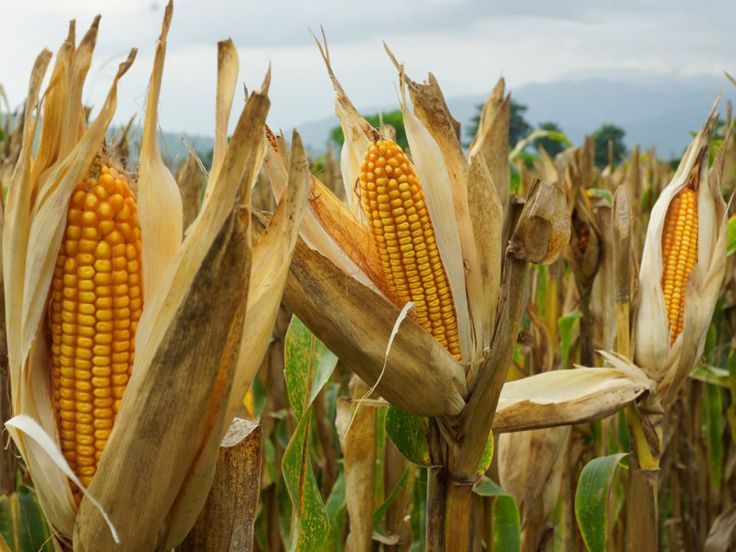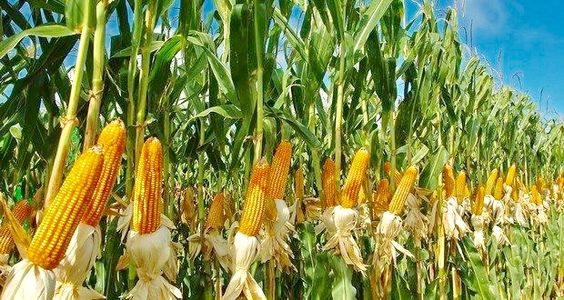Revolutionizing Agriculture: How Agribusiness Systems are Powering Smart Farming
Agribusiness Systems sector is at a crossroads. The global population is booming, placing immense pressure on food production systems. Climate change adds another layer of complexity, with unpredictable weather patterns impacting yields and resource availability. To meet these challenges and ensure a sustainable future for agriculture, a new approach is needed – one that leverages technology and data to optimize operations and maximize efficiency. This is where the concept of Smart Agriculture comes in, and agribusiness systems play a crucial role in its successful implementation.
Contents
What is Smart Agriculture?
Smart agriculture, also known as precision agriculture, refers to the use of technology and data-driven insights to improve decision-making and resource management in agricultural practices. It encompasses a wide range of tools and technologies, including:
- Internet of Things (IoT) sensors: These sensors collect real-time data on various farm parameters like soil moisture, temperature, and nutrient levels.
- Drones and aerial imaging: Drones capture high-resolution images of fields, allowing farmers to identify pest infestations, nutrient deficiencies, and irrigation issues.
- Big data analytics: By analyzing vast sets of agricultural data, farmers can gain valuable insights into crop health, resource utilization, and potential yield improvements.
- Automation and robotics: Smart irrigation systems, robotic harvesters, and autonomous tractors are just a few examples of automation technologies that can streamline farm operations and reduce labor costs.
The Role of Agribusiness Systems in Smart Farming
Agribusiness systems, also known as agricultural management information systems (AMIS), are the backbone of smart agriculture. These integrated software platforms collect, store, and analyze data from various sources, including farm sensors, weather stations, and market reports. This data provides farmers with a holistic view of their operations, enabling them to make informed decisions in areas like:
- Precision planting: Farmers can optimize planting by analyzing soil health data and weather forecasts. This allows for targeted seed application, maximizing germination rates and crop yields.
- Nutrient management: Agribusiness systems can analyze soil nutrient levels and suggest specific fertilizer applications, ensuring optimal plant growth without wasting resources.
- Irrigation management: Real-time soil moisture data from sensors helps farmers determine the exact amount of water needed for their crops, reducing water waste and optimizing irrigation efficiency.
- Pest and disease control: By analyzing historical data and weather patterns, agribusiness systems can predict potential outbreaks and recommend targeted pest control strategies, minimizing crop damage and reducing reliance on chemical pesticides.
- Yield forecasting: Advanced analytics can predict crop yields based on historical data, weather forecasts, and current growing conditions. This allows farmers to plan their marketing strategies and resource allocation more effectively.
Benefits of Agribusiness Systems for Farmers
The integration of agribusiness systems into smart farming practices offers a wide range of benefits for farmers, including:
- Increased productivity: By optimizing resource management and utilizing data-driven insights, agribusiness systems can help farmers achieve higher yields with fewer resources.
- Reduced costs: Precision agriculture practices promoted by these systems can lead to significant cost savings on fertilizers, water usage, and labor.
- Improved decision-making: Agribusiness systems empower farmers with data-driven insights, enabling them to make informed decisions based on real-time information rather than intuition.
- Enhanced sustainability: By promoting efficient resource utilization and reducing reliance on chemical inputs, agribusiness systems contribute to a more sustainable agricultural approach.
- Improved risk management: Advanced analytics can help farmers predict and mitigate potential risks associated with weather changes, pest outbreaks, and market fluctuations.
Challenges and Considerations
While the potential of agribusiness systems in the future of agriculture is undeniable, there are certain challenges to consider:
- Cost of implementation: The initial investment in sensors, software, and training can be significant, especially for small-scale farmers.
- Data security: As more data is collected and stored, concerns regarding data security and privacy need to be addressed.
- Digital literacy: Utilizing agribusiness systems effectively requires a basic level of digital literacy, which may pose a challenge for some farmers.
- Infrastructure limitations: The success of smart agriculture solutions often relies on reliable internet connectivity, which can be a constraint in remote areas.
Conclusion Agribusiness Systems
The future of agriculture is bright, and agribusiness systems are poised to play a pivotal role in its transformation. By leveraging these powerful platforms and embracing the principles of smart agriculture, farmers can ensure sustainable agricultural practices, increased yields, and improved profitability. Overcoming the initial challenges through government support, industry collaboration, and farmer education will be key to unlocking the full potential of agribusiness systems and creating a more prosperous future for the agricultural sector.




